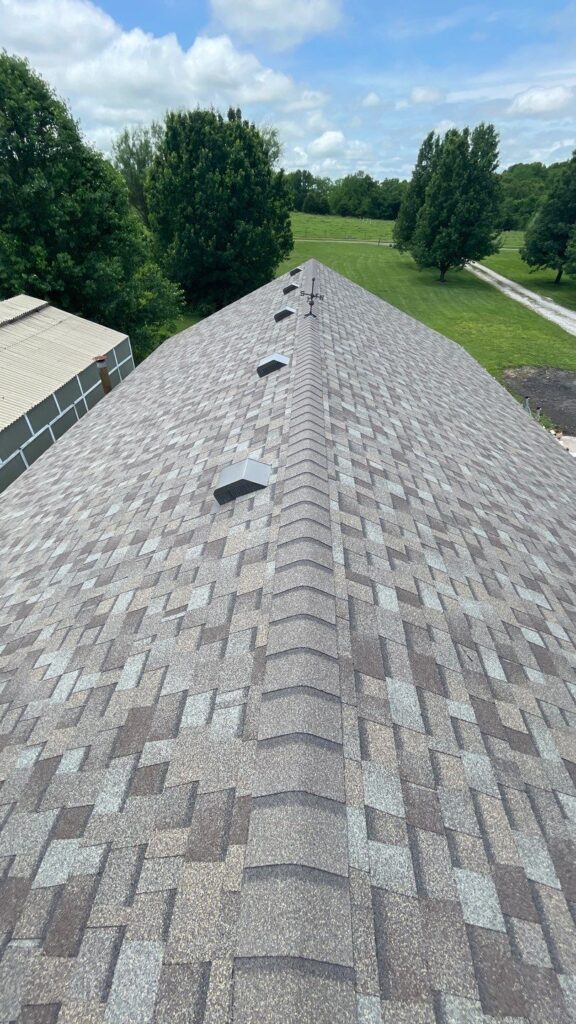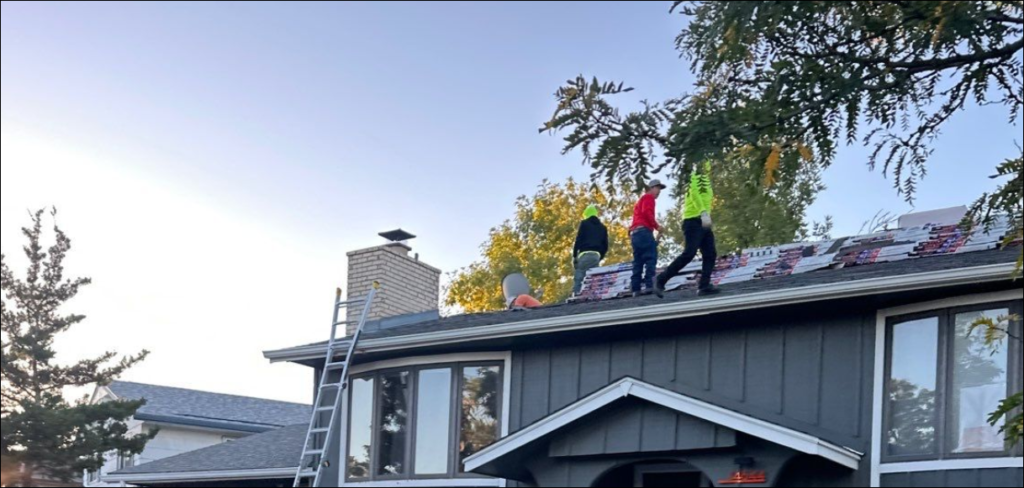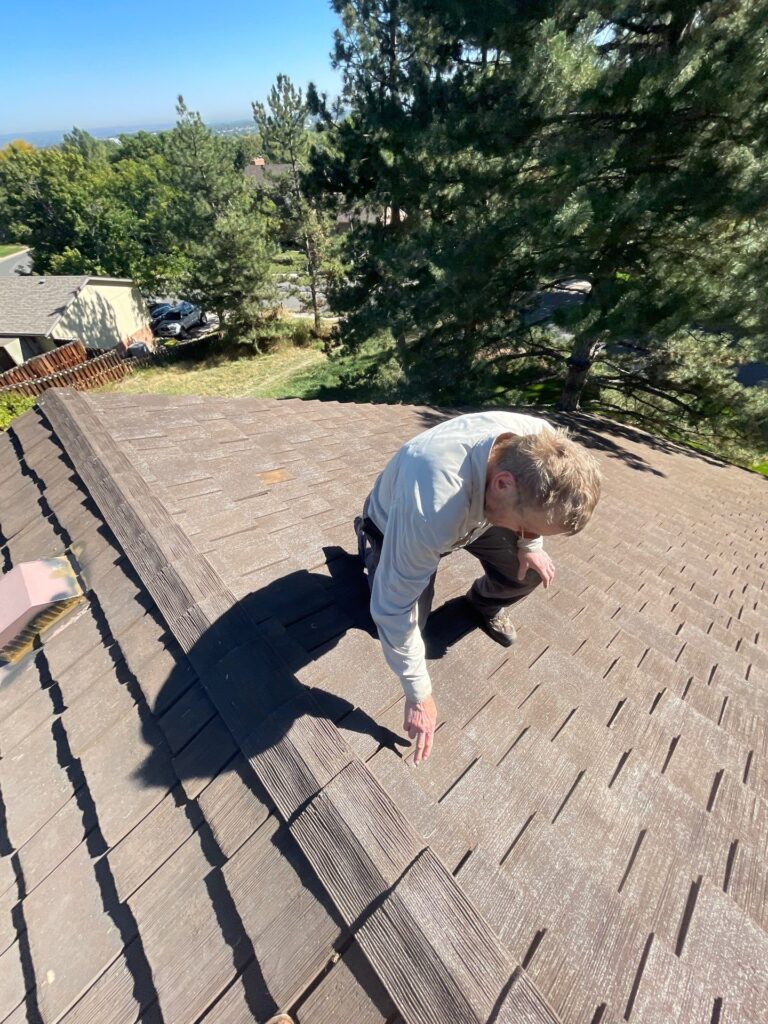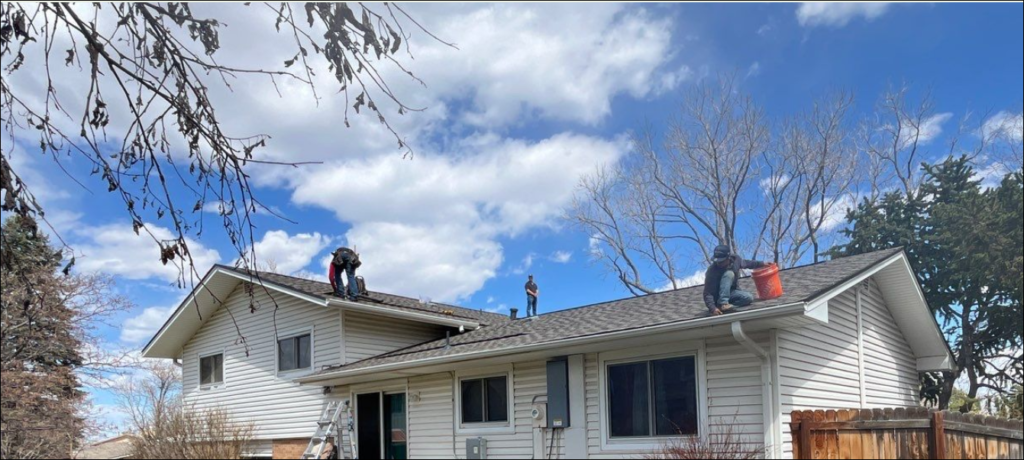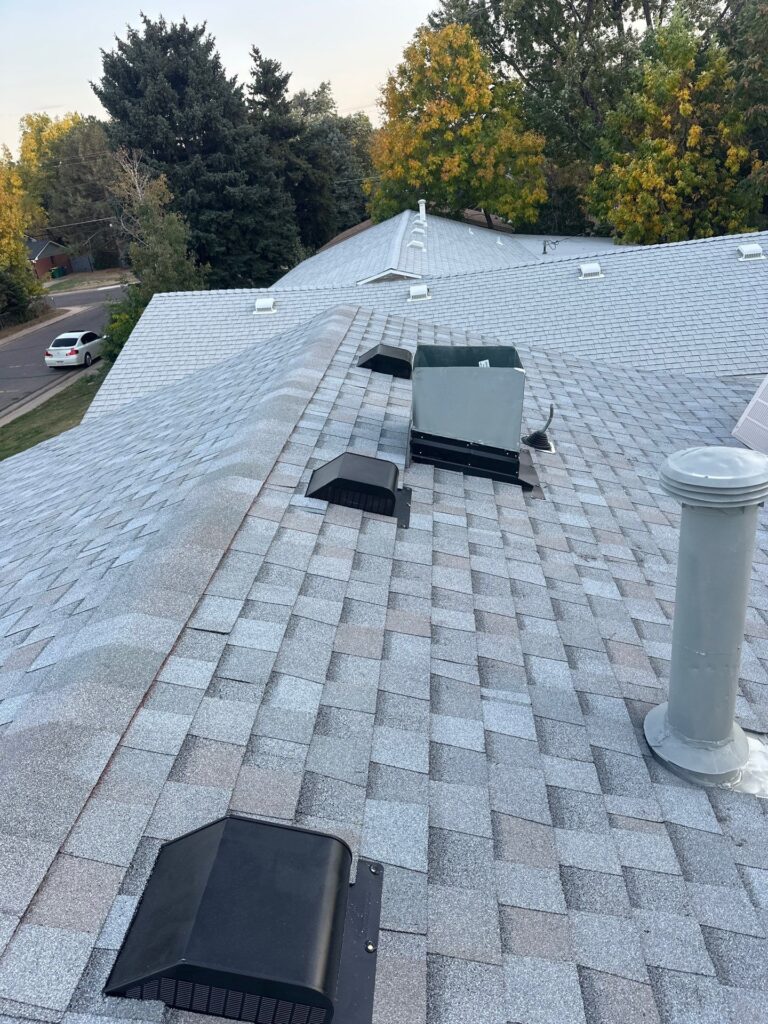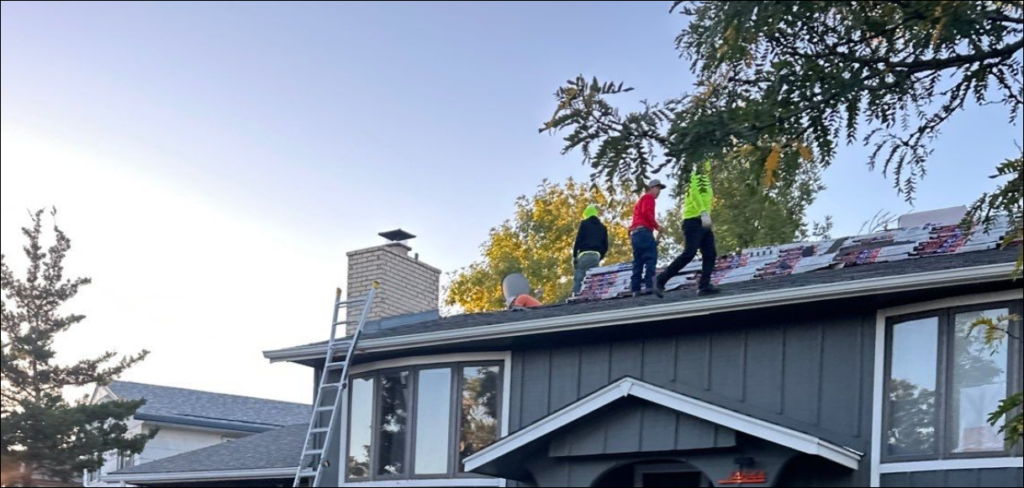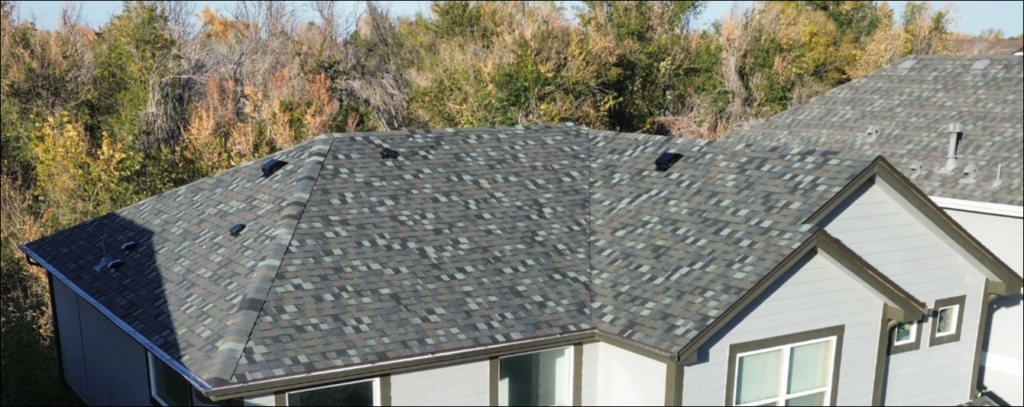Understanding How Hail Damage Affects Various Roofing Materials
The Impact of Hail on Roofs: What Determines the Severity?
Hailstorms are among the most damaging weather events for roofs, leaving behind various issues that differ significantly based on several factors, including hail size, density, wind velocity, the angle of impact, and the type of roofing material in place. These factors combined dictate the extent and type of damage inflicted. Below, we explore how hail affects different types of roofs and what steps can be taken to address and prevent further damage.
Signs of Hail Damage on Different Roofing Materials
Metal Roofs
Metal roofs, prized for their durability and longevity, are not immune to hail damage. Commonly, hail impacts result in:
- Dents: Much like a car hit by hailstones, metal roofs exhibit visible dents. These dents can appear on the panels, vents, and flashing.
- Peeling or Tearing: Heavy hail might cause peeling or tearing at the seams between panels, compromising the roof’s structural integrity.
- Cosmetic Damage: Although largely superficial, cosmetic issues can reduce the roof’s aesthetic appeal and potentially its resale value.
Asphalt Shingle Roofs
Asphalt shingles are a popular choice due to their cost-effectiveness and versatility, but they are particularly susceptible to hail damage:
- Punctures and Tears: Hailstones can penetrate or tear through shingles, exposing the underlying layers.
- Granule Loss: The protective granules that shield the roof from UV rays are often displaced, leaving black spots and making the shingles vulnerable to degradation.
- Dimples and Bruises: Small depressions or “bruises” may form on the surface, compromising the roof’s overall performance.
Left unchecked, such damage can escalate to leaks, blistering, and cracking, significantly shortening the roof’s lifespan.
Wood Roofs
Wood roofing materials, including cedar shakes, are known for their natural beauty and durability. However, hail can cause:
- Cracks and Splits: Large hailstones often lead to clean splits or deep cracks in the wood.
- Impact Marks: Heavy impacts leave behind visible indentations, which can collect water and accelerate decay.
- Punctures: Severe hail can puncture through wood shingles, creating immediate vulnerabilities.
Immediate Actions After a Hailstorm
Inspecting for Damage
After a hailstorm, a thorough inspection is vital. Look for signs such as:
- Missing shingles
- Dents on metal surfaces
- Exposed underlayment or granule loss
- Cracks or splits in wood shingles
Engage Professional Roofers
A professional inspection by trusted Denver roofers ensures a comprehensive assessment of your roof’s condition. Experts can differentiate between recent hail damage, natural wear and tear, or installation issues, providing an accurate report necessary for insurance claims.
Prioritize Repairs
Minor issues such as missing shingles or exposed areas might require emergency services to prevent further damage from subsequent storms. Timely repairs also ensure that minor damages don’t evolve into significant structural concerns.
Preventative Measures Against Hail Damage
Upgrade to Impact-Resistant Materials
Modern roofing solutions offer impact-resistant materials designed to withstand severe weather. Options like Class 4 shingles can significantly reduce the risk of hail damage.
Routine Maintenance
Regular maintenance, such as cleaning gutters, securing loose shingles, and repairing minor damage, helps extend the life of your roof and improves its resilience against hail.
Professional Inspections
Annual inspections by a reliable roofing company in Denver ensure that your roof remains in optimal condition, identifying vulnerabilities before they escalate.
Why Professional Inspections Matter
Insurance companies typically require documented evidence of damage to approve claims. Tried and True Roofing, a Denver-based roofing expert, specializes in thorough evaluations and can assist with filing claims for hail-related damage. Their expertise ensures that repairs are addressed promptly and effectively, minimizing stress for homeowners.
Conclusion
Hail damage varies significantly based on roofing material, storm intensity, and prior roof conditions. Understanding the signs of damage and taking swift action are crucial steps in protecting your home. Whether you need emergency services or preventive measures, engaging experienced roofers in Denver can save you time, money, and stress while ensuring your roof remains a sturdy shield against the elements.
Understanding How Hail Damage Affects Various Roofing Materials Read More »



